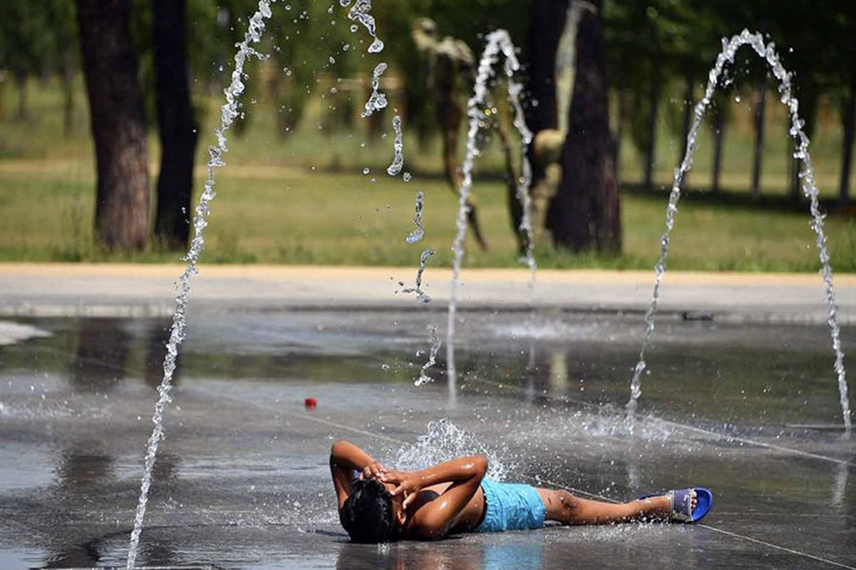Nationwide ads urge parents, caregivers to think “Where’s baby? Look before you lock”
WASHINGTON – With unseasonably warm temperatures already striking many areas around the country, the U.S. Department of Transportation’s National Highway Traffic Safety Administration (NHTSA) today announced its first-ever national campaign to prevent child heatstroke deaths in cars, urging parents and caregivers to think “Where’s baby? Look before you lock.” Heatstroke is the leading cause of non-crash, vehicle related deaths for children under the age of 14, with at least 33 fatalities reported in 2011 alone.
“This campaign is a call-to-action for parents and families, but also for everyone in every community that cares about the safety of children,” said U.S. Transportation Secretary Ray LaHood. “It is hope that the simple tips from this campaign will save lives and help families avoid unnecessary heartache.”
In the coming weeks, the agency will launch a series of radio and online advertisements centered around the theme “Where’s baby? Look before you lock,” as well as a tool kit for parents and grassroots organizations to use in local outreach on the issue. Later this summer, NHTSA will release its findings on the effectiveness of after-market products that are intended to prevent a child from being unintentionally left behind in an enclosed parked vehicle.
Data from the San Francisco State University Department of Geosciences report 33 children died last year due to heatstroke – medically termed “hyperthermia” – while there were at least 49 deaths in 2010. An unknown number of children are also injured each year due to heatstroke in hot cars, suffering ailments including permanent brain injury, blindness, and the loss of hearing, among others. Often heatstroke deaths and injuries occur after a child gets into an unlocked vehicle to play while unknown to the parent. Other incidents can occur when a caregiver transporting a child as part of a change in their daily routine inadvertently forgets a sleeping infant in a rear-facing car seat in the back of the vehicle.
“Everything we know about this terrible danger to children indicates heatstroke in hot cars can happen to any caregiver from any walk of life – and the majority of these cases are accidental tragedies that can strike even the most loving and conscientious parents,” said NHTSA Administrator David Strickland. “We hope our campaign not only helps caregivers avoid accidentally harming a child but also clears up some of the misconceptions about the causes of child heatstroke in cars.”
NHTSA’s “Where’s baby? Look before you lock” campaign urges parents and caregivers to take important precautions to prevent inadvertent incidents from occurring:
Never leave a child unattended in a vehicle – even if the windows are partially open or the engine is running and the air conditioning is on
Make a habit of looking in the vehicle – front and back – before locking the door and walking away
Ask the childcare provider to call if the child does not show up for care as expected
Do things that serve as a reminder a child is in the vehicle, such as placing a purse or briefcase in the back seat to ensure no child is accidently left in the vehicle, writing a note or using a stuffed animal placed in the driver’s view to indicate a child is in the car seat
Teach children a vehicle is not a play area and store keys out of a child’s reach
In addition, NHTSA urges community members who see a child alone in a hot vehicle to immediately call 911 or the local emergency number. If the child is in distress due to heat they should be removed from the vehicle as quickly as possible and rapidly cooled.
Today’s announcement comes on the heels of an unprecedented effort by NHTSA to highlight the issue of child heatstroke in hot cars. Last summer, the agency hosted a first-of-its-kind roundtable on heat-stroke and series of town hall discussions around the country that brought together representatives from the automotive industry, child safety advocates, health and safety professionals, members of the academic community, and victims.






